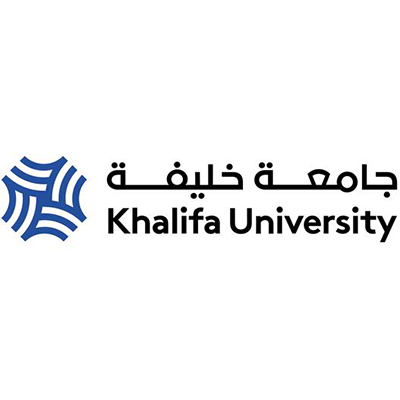What is Going on with Middle Eastern Solar Prices and What Does It Mean for the Rest of Us?

Sponsored by

Sponsored by

For the third time in a decade, solar energy prices are tumbling in the Arabian Gulf. As demand for solar installations picks up dramatically, so falls the cost of solar energy, particularly in the Middle East.
By Jade Sterling
When it comes to the cost of energy from new power plants, onshore wind and utility-scale solar are now the cheapest sources, costing less than gas, geothermal, coal or nuclear. Ten years ago, solar was the most expensive option for building a new power plant.
In a paper published in Progress in Photovoltaics, KU researchers Dr. Harry Apostoleris, Post-Doctoral Fellow, Dr. Amal Al Ghaferi, Associate Professor, and Dr. Matteo Chiesa, Professor – all researchers from KU’s Masdar Institute –show how local conditions and global macroeconomic factors have conspired to bring solar energy into a new realm of extreme affordability in the Middle East.
They argue that the Gulf market, especially the United Arab Emirates and Saudi Arabia, represents the leading edge of the global learning curve and offers a window into the likely near future of large-scale photovoltaics around the world.
As with most technologies, the more people invested in solar power, the cheaper it became. The Middle East has emerged as a global leader in photovoltaic deployment and pricing, with large utility-scale projects launched across the region.
In a previous study, the KU research team found that rapidly declining hardware prices, local business conditions, and access to generous financing packages were the major factors contributing to the low prices, with the market validating that assessment. Global average prices in comparable climates around the world have declined to nearly match the prices observed in the Gulf region, but now, countries in the GCC are seeing a new drop in prices. It is at this point that the researchers believe solar energy has solidified itself as the economically favorable energy source, continuing impressive price drops that began in 2016.

From Left: Dr. Amal Al Ghaferi, Associate Professor, Dr. Matteo Chiesa, Professor and Dr. Harry Apostoleris, Post-Doctoral Fellow, in front of Masdar City’s 10MW solar power plant.
“If pricing at this level spreads around the world, simple business sense would suggest a rapid decarbonization of electricity generation, where coal and gas plants are retired as quickly as possible and replaced with photovoltaics, simply to save money,” explained Dr. Apostoleris. “The target of deep decarbonization by 2030 being held up by many climate scientists and advocates would suddenly enter the realm of feasibility with far less disruptive interventions than were previously believed necessary.”
Global learning curves are part of the cause of these price drops. The more that solar panels were produced, the more the technologies improved and economies of scale came into play. Fossil fuels in comparison can’t compete with this pace. Additionally, sunshine is free and in the Middle East, practically guaranteed every day. The costs of tapping into this solar power was bound to decline sharply as technology improved and the industry grew.
“The UAE leadership also deserves credit for recognizing the potential of solar energy and investing in it when many countries and entities were still sceptical,” said Dr. Apostoleris. “This is one of the main reasons why the UAE is ahead of the global curve in solar energy adoption.”
Often, the low prices are also secured as part of tenders for projects only implemented a couple years later, which further drives down prices for the projects to come after.
“Auction bids have been characterized by forward-looking cost projections—developers will tend to bid not based on the market price of hardware at the time of bidding, but on the prices they expect to pay a year or more in the future when the hardware is actually being ordered,” explained Dr. Apostoleris. “As strong downward pricing trends continue, this pattern of aggressive forward-bidding can be expected to hold.”
Additionally, the prominence of major international players in the Gulf’s solar development is helping to realize below-market costs. Large firms with an established presence in the region have relatively lower costs of doing business and are able to set their prices for large orders of hardware to a significant degree, and even factor in reputational elements—the ‘bragging rights’—of landing a large contract and gaining market share. Coupled with generous financing packages and a consistent solar resource, the low cost of solar energy in the Gulf begins to make sense.